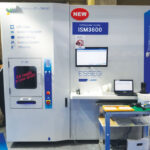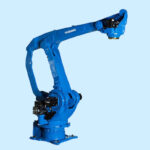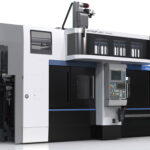ASIA ELECTRONICS INDUSTRYYOUR WINDOW TO SMART MANUFACTURING
Mounter Makers Take Position as 3D MIDs Gain Ground
Amid the diversification of electronic products, including wearable devices, three-dimensional molded interconnect devices (3D MIDs) have been attracting attention. 3D MIDs enable mounting of components on curved surfaces, which has been difficult to achieve with conventional planar printed circuit boards (PCBs). They enable mounting of diverse components on three-dimensional molded products. Mounters that can handle 3D MIDs have also been increasing.
Profiling 3D MIDs
3D MIDs are molded components made by forming circuits (electrodes) using metal films, such as plating and foil, on the surface of resin molded products. They are composite components with a structure that incorporates circuit, electrode, connector, and shielding functions, and have electrical characteristics. In 3D MIDs, circuits and electrodes can be freely formed on resin molded products, which contributes to the reduction of the number of components, such as flexible printed circuits (FPCs) and PCBs. The number of assembly steps can also be reduced, enabling the miniaturization of components through effective use of space.
Methods are broadly classified into the one-shot molding method and two-shot molding method. In the one-shot molding method, a resin is injection-molded using a single mold, on which circuits are formed by laser processing and plating. In the two-shots molding method, different materials are molded using two molds, on which resins are formed, and circuits are formed by masking and plating.
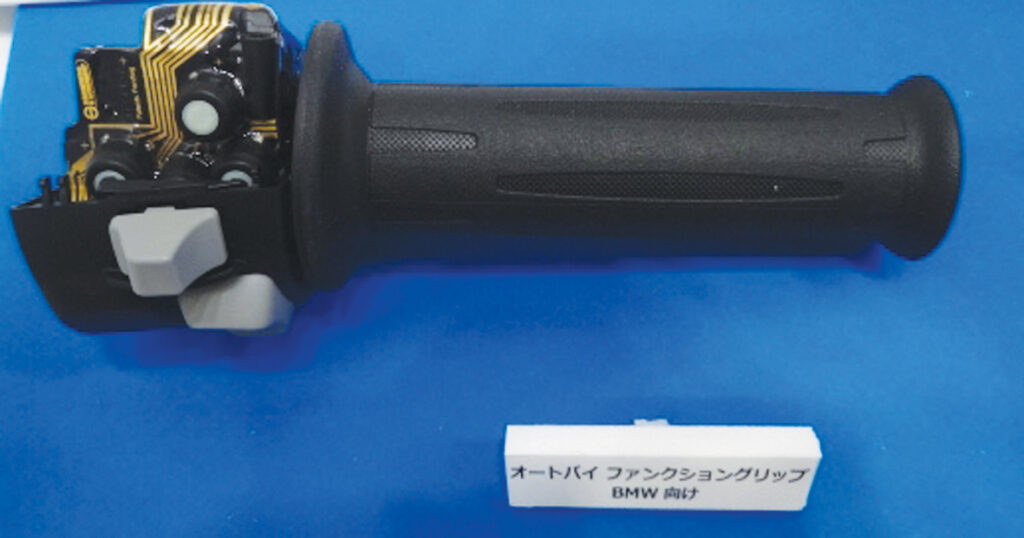
Companies Involved in 3D MID
MID originated from molded circuit board (MCB) proposed by IPC, which was headquartered in Illinois in the United States, in the 1970s. IPC establishes and operates international standards relevant to the quality of manufactured electronic products, such as PCBs and solders. Later, IPC proposed 3D MID, and in 1995, MID International Association (MIDIA) was established to promote MIDs.
The Japan MID Association (JMID) was established in 1993 with the aim of promoting MIDs, while European manufacturers go ahead with MIDs. LPKF Laser & Electronics AG, headquartered in Germany, has developed laser-based MID technology called LPKF laser direct structuring (LDS) processing and is promoting the technology to global manufacturers.
In Japan, Panasonic Electric Works Ltd., and other electronics and chemical companies have engaged in MIDs. Panasonic Electric Works provides 3D MIDs using its proprietary MIPTEC technology, which involves embedding of components into substrates and patterning of fine circuits using laser.
Mounter and soldering equipment manufacturers are also engaged in the implementation of MIDs.
FUJI Corporation has achieved mounting of high-precision 3D-MIDs on curved surfaces, polyhedrons, and three-dimensional substrates using sFAB-D modular multi-purpose automated fabrication machine.
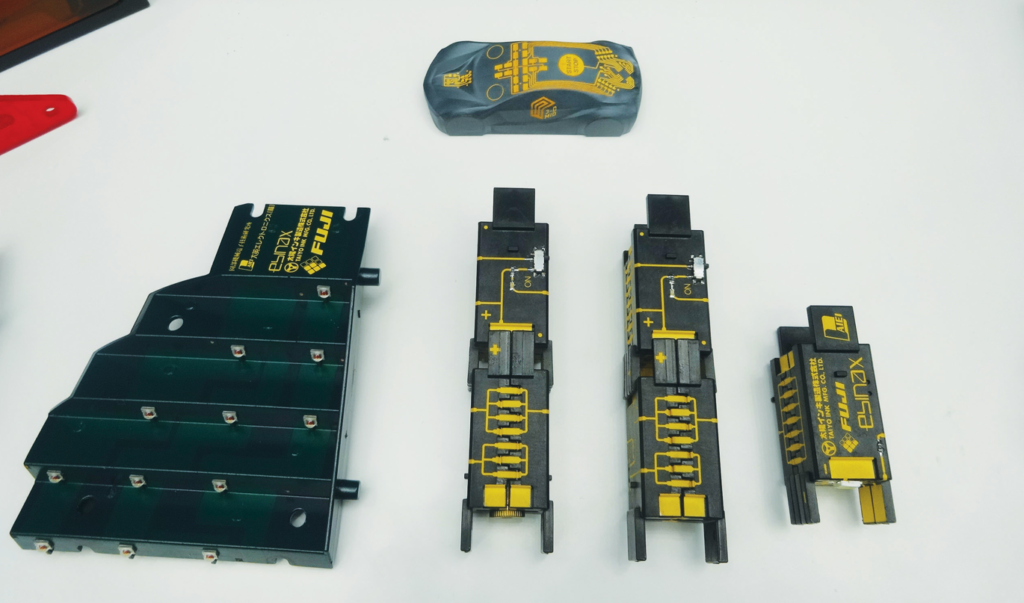
Yamaha Motor Co., Ltd. offers S10 and S20 compact modular mounters that support mounting of 3D MIDs. These machines mount components on 3D molds by inclining works, not the head, based on the curved surface (θ axis is added to X, Y, and Z axes).
Japan Unix Co., Ltd. has developed a method to mount MID components on curved surfaces by controlling them on the work to make them planar with respect to the soldering surface using a soldering robot.
Various applications are expected for 3D MIDs. These include automotive electronics, such as light-emitting diodes (LEDs) for lighting, and door switches; healthcare equipment, such as dental equipment, hearing aids, endoscopes, and wearable devices; factory automation (FA) equipment, such as automatic door sensors; and consumer equipment, such as audio-video (A/V) equipment, game machines, and connectors, and many of these products have already been put to practical use.


